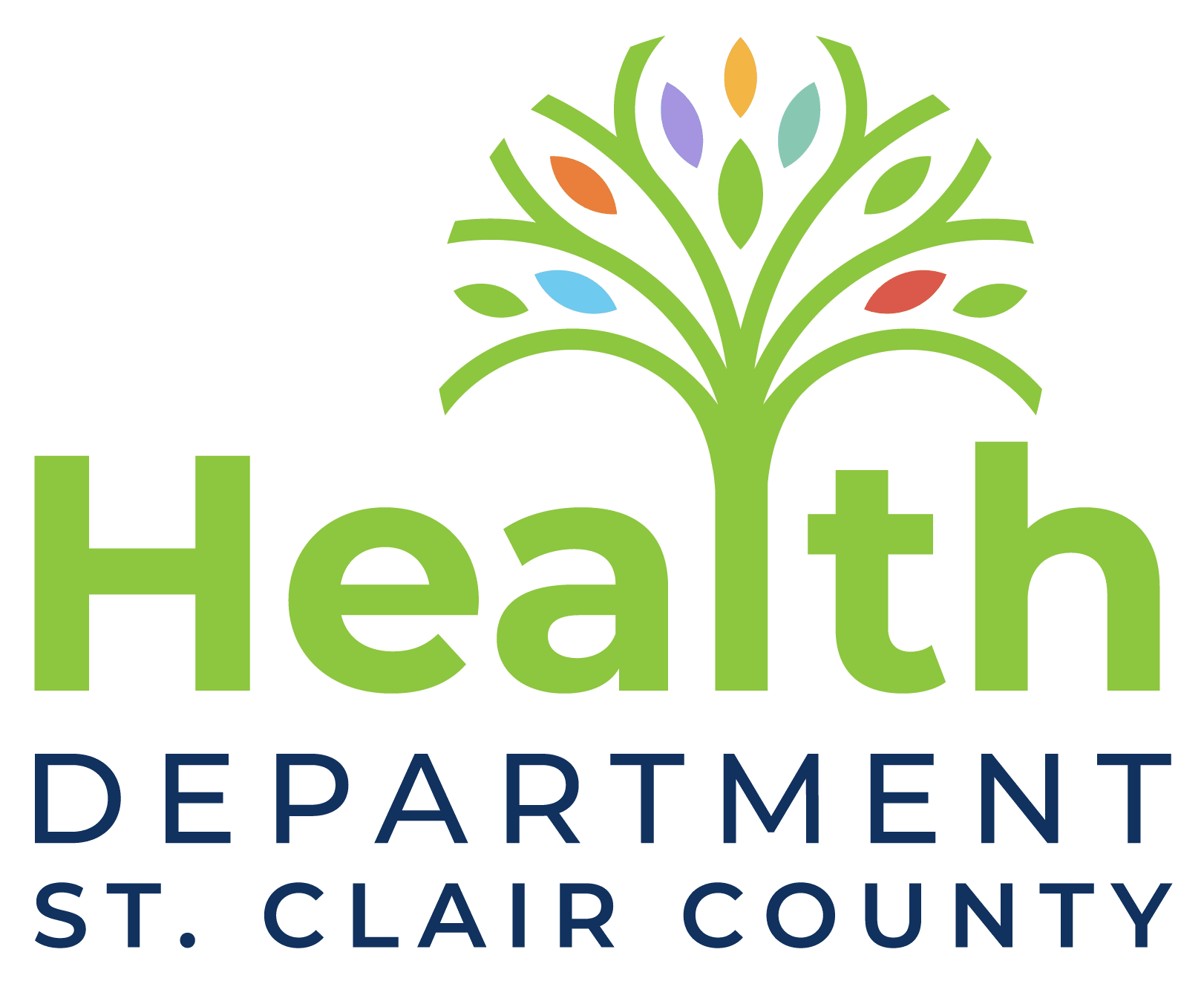Preparedness Planning
Build an Emergency Kit
Make a Family Communication Plan
Pet Preparedness
Organizational Preparedness
Health Care Closed Points of Dispensing (POD)
ORGANIZATIONAL PREPAREDNESS
According to the Insurance Information Institute, up to 40 percent of businesses do not reopen after experiencing a natural or man-made disaster. However, just as in everyday activities, having a sound strategic plan can assist businesses, schools, churches and other organizations in disaster response. Before an emergency occurs, threat assessment and mitigation actions can minimize the impact an event may have on your organization. And, if something were to disrupt your organization’s normal routine for a significant period, your pre-determined response plan will help on the road to recovery.
A preparedness plan that is consistent with the goals and objectives of the organization should be maintained. To be most effective, this plan should be shared with all management personnel, with clearly defined roles and responsibilities. All employees should be familiar with the plan, and it should be practiced regularly to ensure the safety of all within your facility.
There are several resources below to help your organization develop and enhance its preparedness plan, but here are just a few of the issues you should discuss:
Is Your Organization Prepared for an Emergency and Recovery?
- Have you identified the main potential threats that can impact your operations?
- Who are the key personnel that would respond to your organization in a disaster, and have you identified backups to these individuals?
- Have your members identified and practiced using safety procedures to follow during a disaster?
- Do you have emergency resources available to accommodate all members of the organization in times of need?
- Do you have a means of contacting employees and their families in times of need, and do you have a redundant system to contact them if phones are disrupted? What business functions are most critical to your operation, and which could be suspended in times of disaster?
- How would you respond to an interruption in services by business partners, customers utilities and other vendors?
- Have you identified resources in the community that may assist your organization if needed, and have you offered your services to them if you’re not affected?
Additional Resources
Health Care Closed Points of Dispensing (POD)
Points of dispensing (POD) are community locations at which state and local agencies dispense and administer medical countermeasures (MCMs) to the public. MCMs such as vaccines, antiviral drugs, antibiotics, antitoxins, and chemical antidotes are used to effectively prevent, mitigate, or treat adverse health effects of an intentional, accidental, or naturally occurring public health emergency.
To aid in rapidly dispensing MCMs, the local public health department will plan on using two types of PODs, open and closed. Open PODs are typically located at public locations such as arenas, community centers, or schools. These locations are often operated by local public health agencies and are where they dispense or administer MCMs to the public. Closed PODs are sites staffed and managed by organizations and agencies (both public and private) to dispense MCMs only to their own populations while continuing operations during a public health emergency. Open and closed PODs can and should be used simultaneously.
To learn more about the concepts related to MCM dispensing see Medical Countermeasures (MCM) and Points of Dispensing (POD) Basics fact sheet.
Planning for Health Care Closed PODs
Engaging community health care partners to manage and operate closed PODs can augment public health operations and strengthen community preparedness. Local public health agencies can collaborate with health care facilities to engage them in closed POD planning. Health care organizations that function as closed PODs may provide medication to their staff, family, patients and residents. Doing so may help ensure that their workforce can continue operations during a public health emergency and reduce the population at open PODs.
The CDC video, Taking Care of Business, describes how organizations benefit from functioning as closed PODs.
If you are interested in becoming a Closed POD Partner with the St. Clair County Health Department Emergency Response 618-825-4466.
